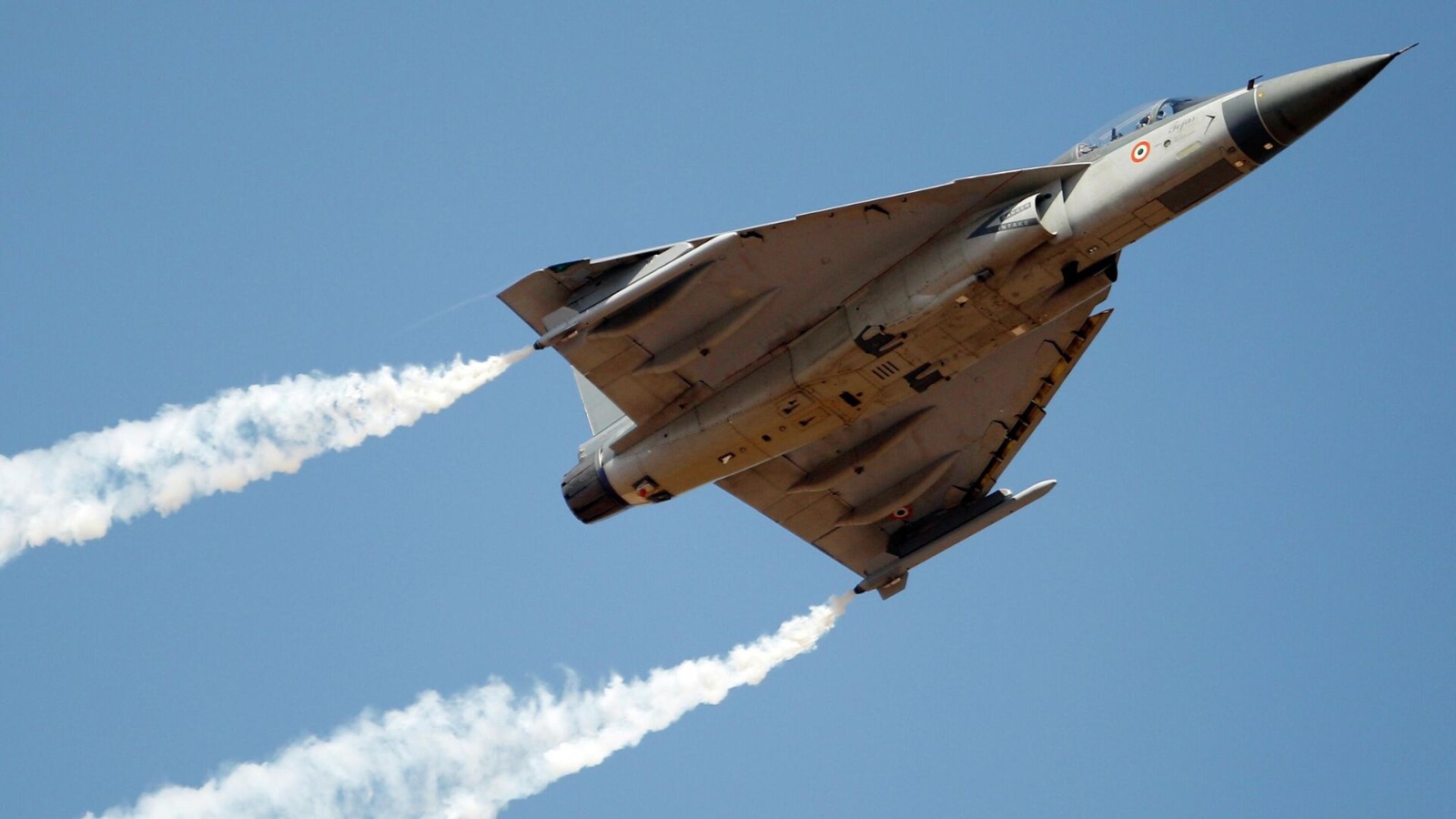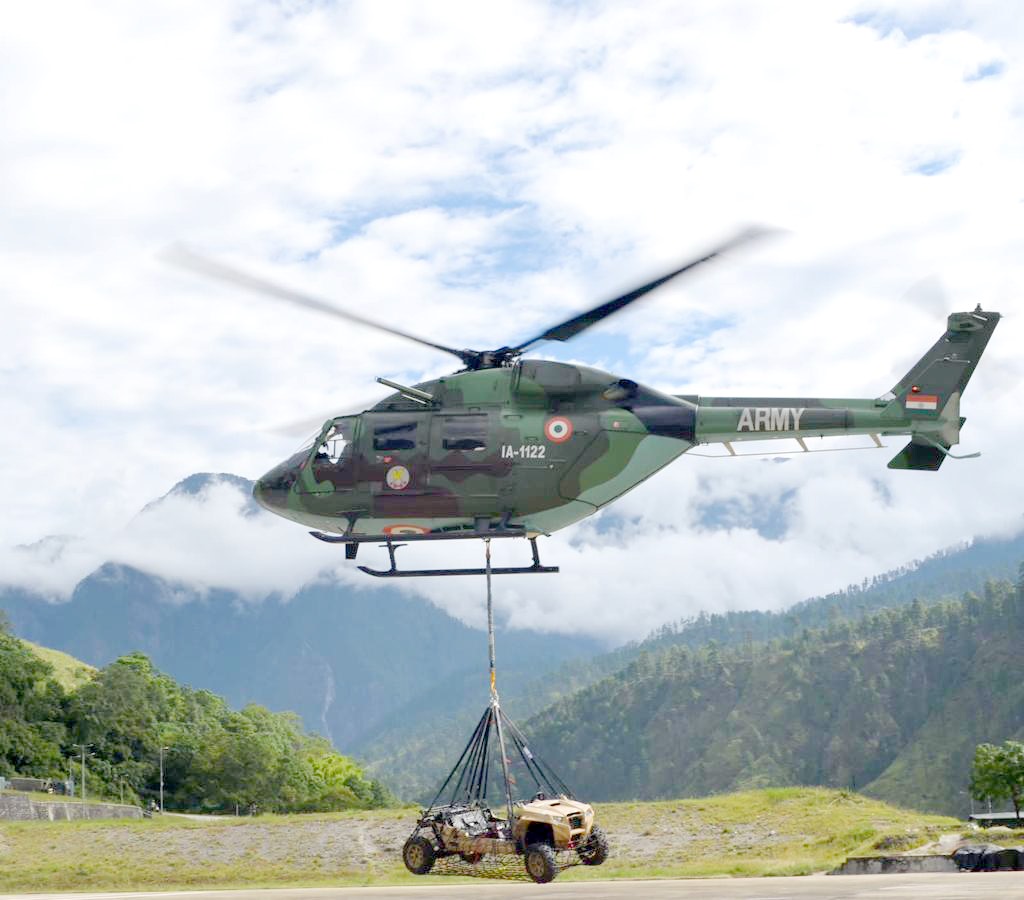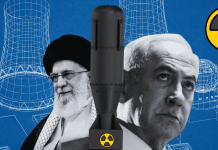Aiming to increase its export revenues from the current 1 percent of total revenue to 25 percent, Indian aircraft maker Hindustan Aeronautics Limited (HAL) has done a reality check. Instead of exporting homegrown fighter jets and Light Combat Aircraft, it will focus more on exporting Dorniers and helicopters to African, Middle Eastern, and South East Asian countries.
The Narendra Modi government had set a target for all PSUs to get 25 percent of their revenues from exports. But at the moment, the HAL has zero export orders, and exports constitute just one percent of its total revenues.
Despite this, HAL’s order book is expected to touch Rs 2,50,000 crore ($3B). As of December 2024, HAL had orders worth over Rs 1,30,000 crore. The next 12 months’ order accretion is estimated at Rs 1,65,000 crore.
HAL is actively pursuing two major contracts in India – 97 LCA (Light Combat Aircraft) MK 1A and 156 LCH (Light Combat Helicopter) orders. These two orders will add Rs 1,30,000 crore to its order book.
Along with this, the orders for the Su-30 Upgrade, Indian Multi-Role Helicopter design and development (IMRH D&D) sanction, and regular Repair and Overhaul (ROH) orders will take the total order book to Rs 2,50,000 crore by 2025-26.
During the nine months of the current financial year (2024-25), HAL received fresh orders worth Rs 55,800 crore, comprising Rs 39,000 crore in manufacturing orders, including 240 AL 31 FP engines valued at Rs 25,350 crore and 12 Su-30MKI aircraft worth Rs 12,573 crore, and Rs 16,500 crore in ROH, spares, and D&D orders.

Contrary to this, it received export orders worth Rs 300 crores in the nine months of the financial year.
The Indian government has made the indigenous Light Combat Aircraft (LCA) ‘Tejas’ the flagship product on its defense exports list. Not a single month passes without news of a new country’s interest in the fighter jet.
New Delhi has been aggressively pushing to sell the LCA to foreign air forces. Indian diplomats and HAL officials have been meeting foreign officials, throwing diplomatic weight behind the aircraft.
Disaster Averted! How Snow & Skills Saved Delta Flight 4819 From Catastrophe At Toronto Pearson
However, the HAL has realized that buying fighter jets is a big-ticket item, and not many countries can easily make that decision.
“Export of LCA is a billion dollars plus deal because it requires spares and weapons. There are not many countries that can afford it. It is one of the difficult parts of selling LCA. The countries need to have that kind of financial muscle,” HAL Chief DR. DK Sunil said. He hoped the Indian government could help the countries by extending a Line of Credit.
Many countries have shown interest in the LCA, and HAL is trying to demonstrate its capabilities through test flights in these countries. LCA Mk1A opened Aero India 2025. Moreover, HAL has established offices in Malaysia, the UK and Egypt. It is considering establishing offices in two more countries, the names of which are yet to be finalized.
When asked if the HAL has the wherewithal to meet the export demands for LCA in case the deal comes through, Dr. Sunil said that the HAL can rope in private players like Larsen and Toubro (L&T) and Tata Aerospace.
“We have a private sector partnership, where we can get up to 10 fuselages from companies like L&T and Tata, which can build aerostructures. We think we can ramp it (the manufacturing) up, but our focus with the countries is to establish MRO and repair facilities rather than manufacturing lines because the investment is high.”
However, the HAL has a backlog of 6-7 years to meet the Indian Air Force’s (IAF) requirements. Considering this, the HAL has started investing in ramping up manufacturing facilities for helicopters and exporting Dornier 228.
Dornier 228 And Helicopters
HAL made a breakthrough when it exported Dornier 228 aircraft to Guayana in 2024. Since then, HAL has fielded Dornier in a tender in Malaysia and is confident it will win the contract to supply eight aircraft to Malaysia.
Learning from its fiasco in Ecuador with its ALH Helicopters, HAL is putting more “boots on the ground.” After a series of accidents, Ecuador has grounded its ALH fleet.
“In Guayana, we have our people supporting the product. We are talking to local companies to develop the repair facility,” Dr. Sunil informed.
The HAL intends to expand manufacturing lines for Light Utility Helicopters (LUH), Light Combat Helicopters (LCH), and Advanced Light Helicopters (ALH) to meet export demands, and the public sector aircraft maker is actively promoting helicopter platforms.
The HAL’s capacity is 30 helicopters per annum. When demand is at its peak, the HAL will try to scale it up to 60 helicopters, and plans are being made to ramp up production to 90 helicopters annually.

LCH, along with LCA, is one of the flagship products designated for exports from the HAL. Argentina and Nigeria have shown interest in rotary-wing aircraft. Argentina signed a letter of intent to purchase 20 ‘Prachand’ (Fierce) helicopters.
During the 2023 visit of Argentinian defense minister Jorge Taiana, the two countries signed a letter of intent to purchase 20 LCH.
“Regarding the MoU with Argentina, it took some time due to their internal approval. Again, funding issues are still there for getting agreements. We discussed with Morocco, Rwanda, and Congo,” the HAL Chief said. The HAL Team even visited Congo to understand their requirements.
The Philippines has also expressed interest in buying seven ALH MKIII helicopters for its coast guard. In 2023, the Chief of the Filipino Coast Guard visited India. However, the deal is yet to materialize.




